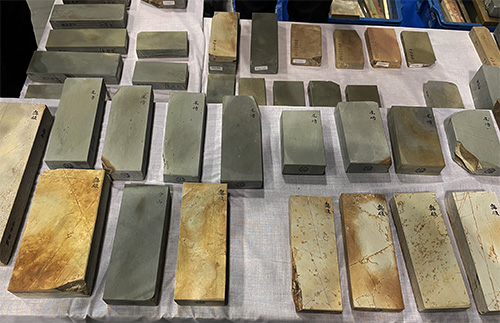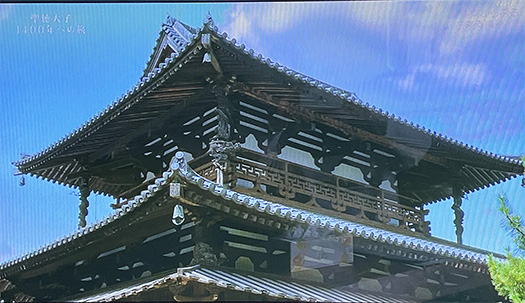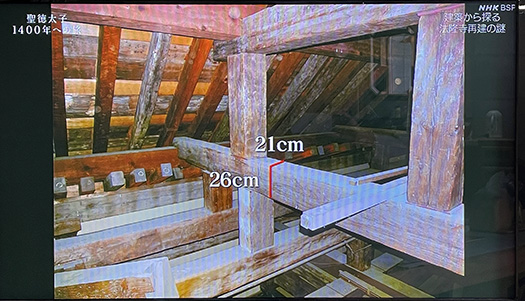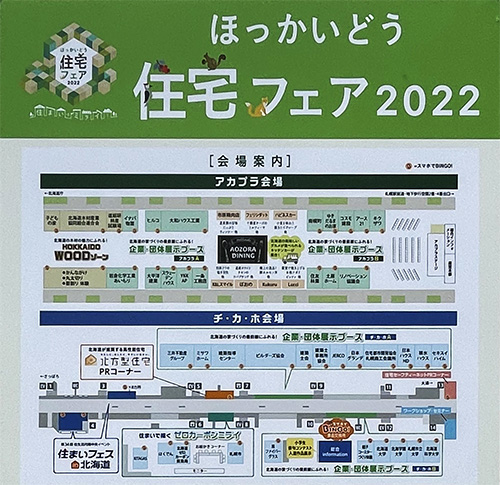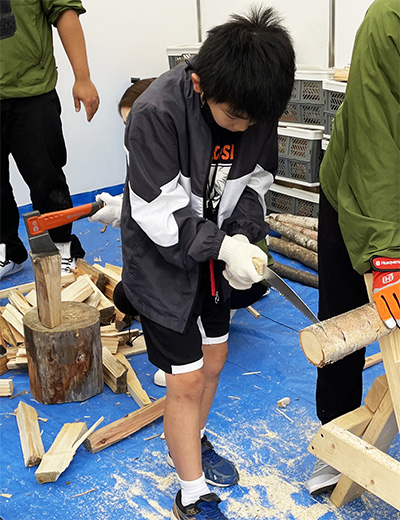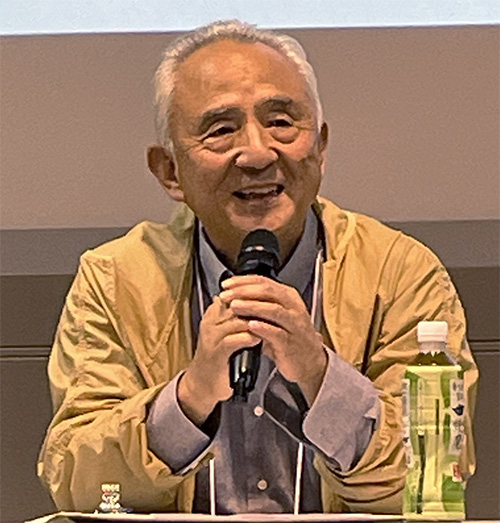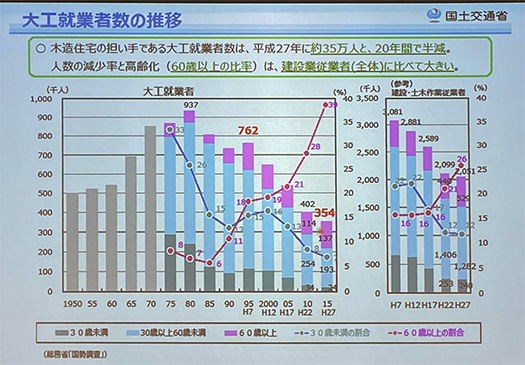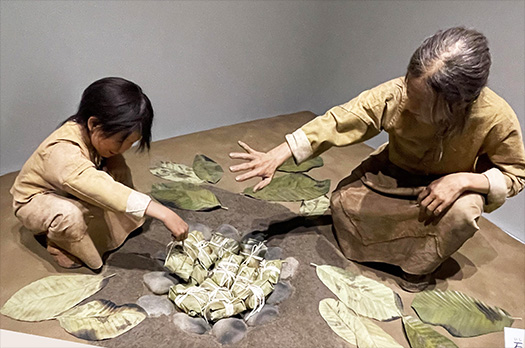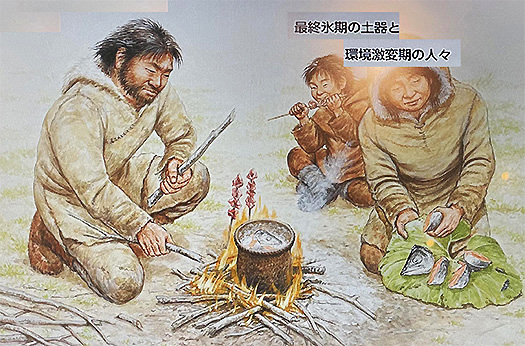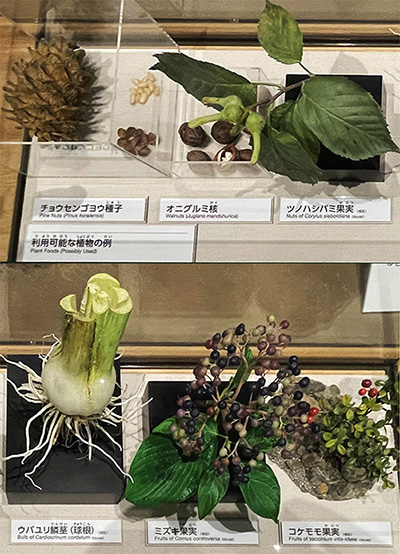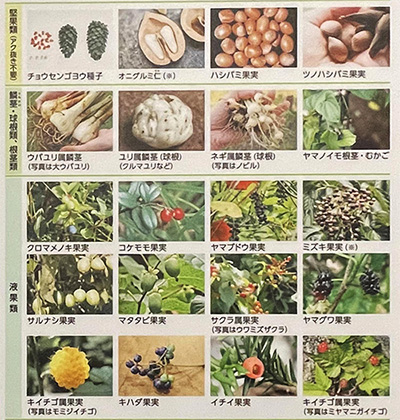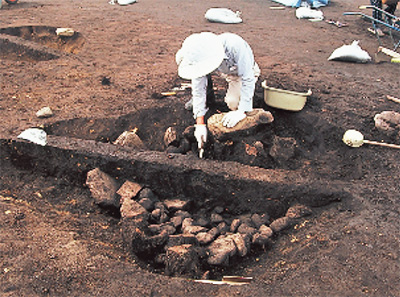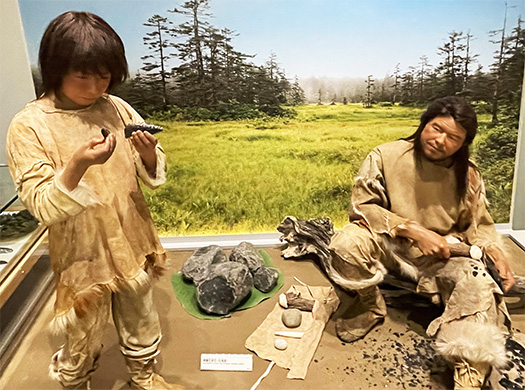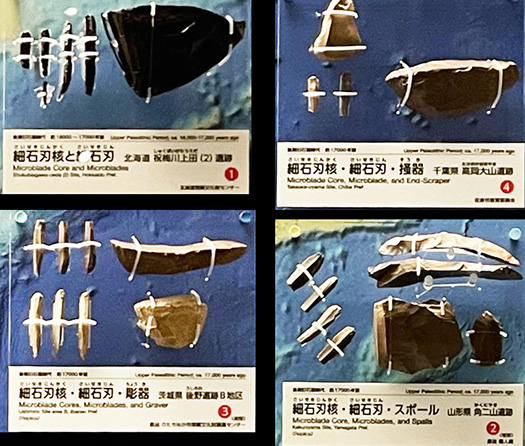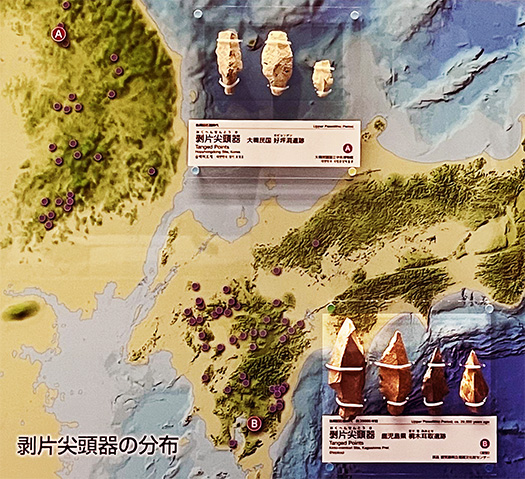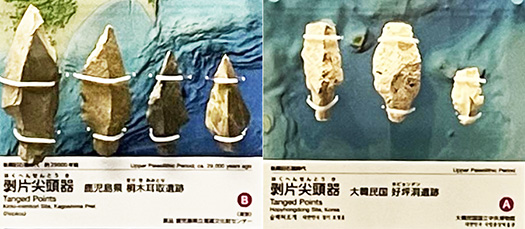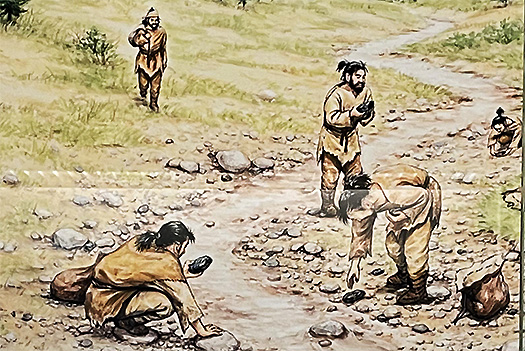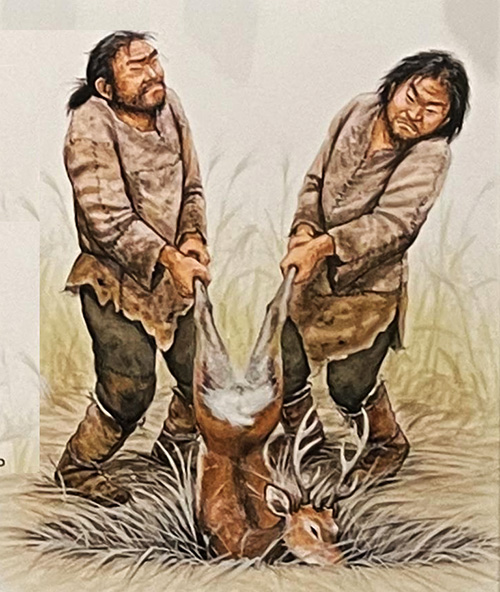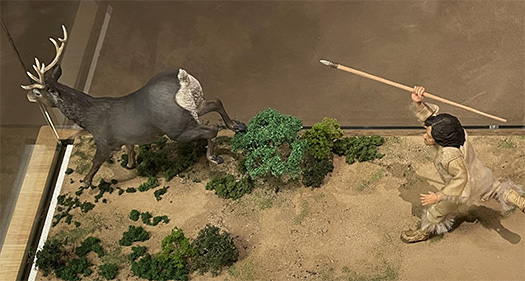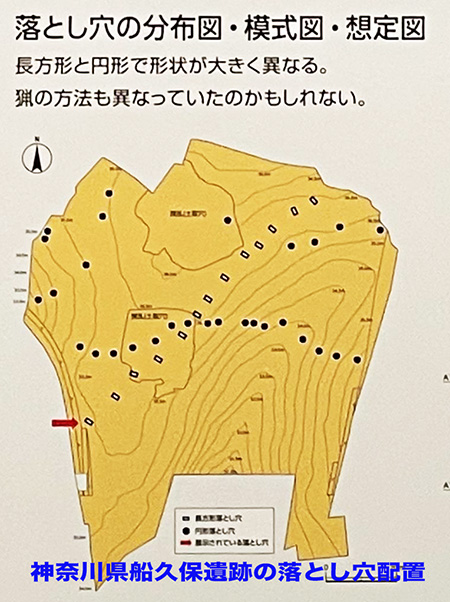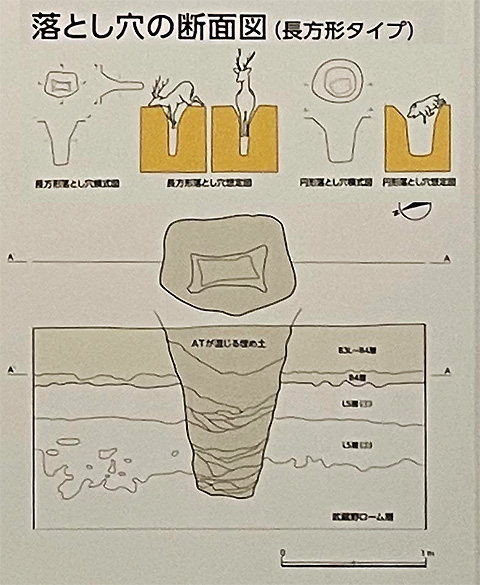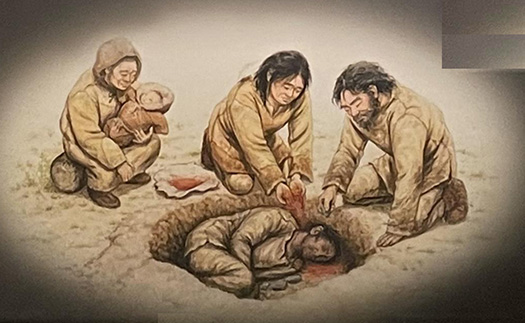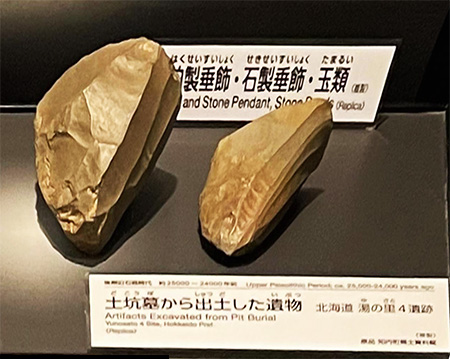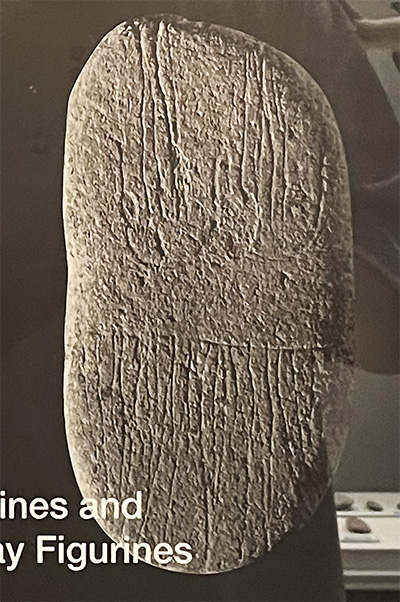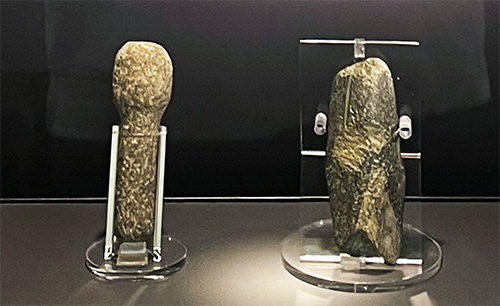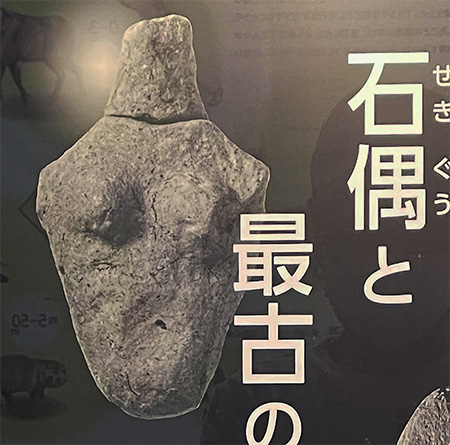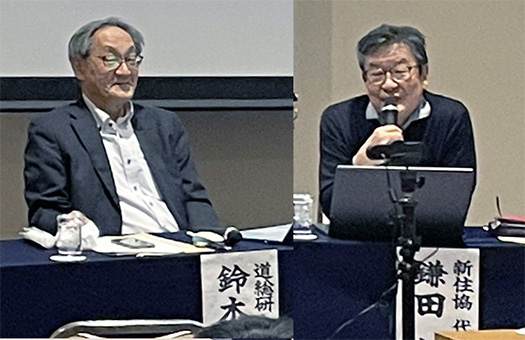
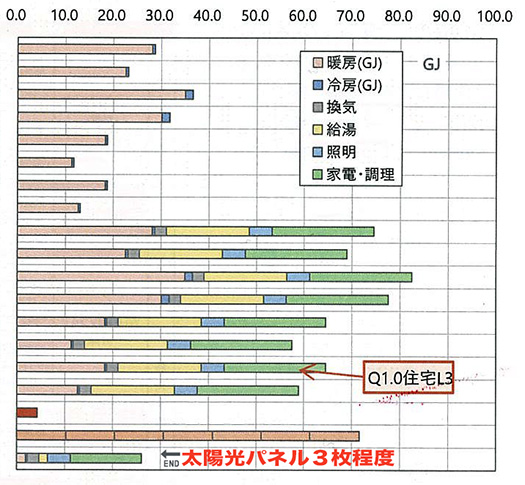
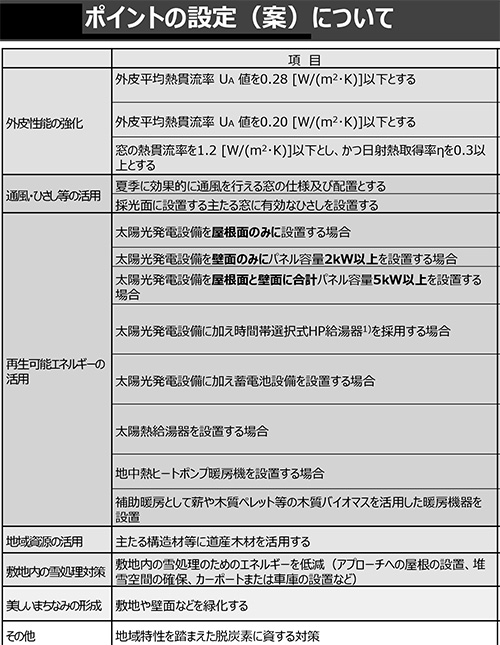
昨日は新住協北海道の数年ぶりのリアル地区大会。
18-19の両日日程が組まれていましたがわたしは別件での先約があって
18日はどうしてもムリで、19日もここ1年以上取り組んできた業務の中締め。
やむなく欠席の予定でしたが、昨日の朝、わが家周辺の「発寒川緑地」散歩中に
ご近所住まいの道総研理事・鈴木大隆さんとバッタリ。
・・・って、なぜか氏の愛犬との相性がいいのか、不思議と出会う(笑)。
で、日中は鎌田紀彦先生との「対論」が日程予定されているのも知っていたので
「いや〜、きょうはお疲れさまです・・・」となにげにあいさつ。
そこから相性のいいイヌと連れだって散歩会議。
わたしは鈴木さんが座長を務められている北海道の「北方型住宅」諮問会議の
メンバーとしてながく参加させていただいているご縁もあるので
今回の「北方型住宅ZERO」の策定にあたっての企画経緯なども情報共有しています。
鎌田先生が領導される新住協という日本の住宅性能運動の中核と、
きょうがその最初の接点になる、ということでの心理的な微妙な緊張感。
とくに鈴木さんは鎌田紀彦先生の弟子という立場とはいえ、
同じ「住宅性能」論領域では立場的に意見に違いが出てくることもある。
そうした部分が伝わってきて、そうか、と頓悟しまして、
わたしは先約の会合についてはスタッフに任せることにして
急遽、新住協大会に参加してみることにした次第です。
まぁ別になにができるわけでもないけれど、場合によっては憎まれ役くらいは
お鉢が回ってくるかも知れないというところ(笑)。
ということで案の定、鈴木さんの講演中から鎌田先生からの「質問」多数。
それも日本の住宅性能の推移の核心に迫る論議内容。
また鈴木さんから建築行政のたくさんの背景的情報などもあって、
師弟の間のかなり白熱した論議内容が開示されていました。
「これはちょっと住宅工務店向けの内容を超えているのでは・・・」と
わたしとしては興味津々の部分でもあったのですが、急遽申し込んだので
席は一番最後の方で語尾が正確には聞き取れませんでした、としておきます。
しかし論議は白熱したけれど、2枚の図で示したナカミ、
具体的に2枚目の鎌田先生の北海道の住宅のミライとして示したエネルギー目標と
3枚目の「北方型住宅ZERO」のポイント制という制度設計について
ハッキリとした方向性の同意一致が確認されたと思います。
鎌田先生からは各ポイント制の詳細内容については吟味が必要だけれど
先生自身もかねてからユーザー理解も含めてポイント制が
いちばんわかりやすく実践的だという判断が示されていました。
これはReplan誌面での連載記事でもかねてからそのような記述が表現されています。
ということで論議内容の概要の概要みたいですが(笑)
やがて新住協北海道支部から内容の詳細解説が発出されることを期待します。
あ、ときどき前振りでわたしの名前が使われた程度で
「実はあいつが悪い」みたいな展開は辛うじて免れホッといたしました(笑)。
English version⬇
Norihiko Kamada – Hirotaka Suzuki Dialogue
A dialogue between two people who are at the core of improving housing performance in Japan. Beyond a heated debate, the two men move on to resonate with the framework of “Northern-style housing ZERO”. Norihiko Kamada
Yesterday was the first real regional convention of Shinjyukyo Hokkaido in several years.
The schedule was set for the 18th and 19th, but I was unable to attend on the 18th due to other commitments.
I was unable to attend on the 18th due to other commitments, and on the 19th, I had to close out the work I have been doing for more than a year.
I had no choice but to miss the meeting, but yesterday morning, while taking a walk in the Hassamu River greenbelt near my house, I met a friend of mine who lives in the neighborhood, the president of the Hokkaido General Assembly.
I bumped into Mr. Hirotaka Suzuki, Director of the Hokkaido Research Institute, who lives in the neighborhood.
I wondered why he and his dog were so compatible with each other (laugh).
I knew that he was scheduled to have a “discussion” with Dr. Norihiko Kamata during the day, so I said to him, “Oh no, I’m so tired today.
I casually greeted him by saying, “Well, thank you for your hard work today….
From there, I went for a walking meeting with my dog, with whom I have a good rapport.
I have been a member of the Advisory Council for “Northern-style Housing” in Hokkaido, chaired by Mr. Suzuki.
I have been a member of the Hokkaido “Northern Housing” Advisory Council, chaired by Mr. Suzuki, for a long time.
I also share information about the planning process of the “Northern Style Housing ZERO” project.
Today is the first point of contact between the core of the Japanese housing performance movement, Shinjyukyo, led by Mr. Kamata, and the “Northern Housing ZERO” project.
I felt a subtle psychological tension because today is the first point of contact with the core of the Japanese housing performance movement, the New Jyukyo, which is led by Mr. Kamata.
Especially, Mr. Suzuki, even though he is a disciple of Dr. Norihiko Kamata.
Although Mr. Suzuki is a disciple of Mr. Norihiko Kamata, there are differences of opinion in the same area of “housing performance” from a standpoint.
I was able to get a sense of this, and I am glad to hear it.
I decided to leave the matter of the meeting to my staff.
I decided to attend the New Residential Association Convention.
Well, it’s not that I can do anything, but I might be asked to play a role
I was not really able to do anything, but I might be asked to play a role in some cases (laugh).
As expected, Mr. Kamata asked many questions during Mr. Suzuki’s lecture.
The content of the discussion went right to the heart of the transition of housing performance in Japan.
Mr. Suzuki also provided a lot of background information on building administration.
The content of the heated discussion between master and disciple was disclosed.
I was curious about some of the content, saying, “This is a bit beyond the scope of a residential construction company…”
I was also very interested in the discussion, but I had to rush to attend the meeting.
However, since I had to rush to attend the meeting, I was seated at the very end of the table and could not hear the end of each word correctly.
The discussion was heated, but I could not understand what was going on in the Nakami shown in the two diagrams.
Specifically, the energy target shown by Dr. Kamata on the second page as “Mirai” for housing in Hokkaido, and the energy target on the third page as “Northern-style housing” for housing in the northern region.
The third one is the point system design of “Northern-style house ZERO”.
I believe that we were able to confirm a clear agreement on the direction of the project.
Dr. Kamata said that although the details of each point system need to be examined, he himself has long been aware of the importance of users’ understanding.
However, Dr. Kamada himself has long been of the opinion that the point system, including user understanding, is the easiest and most practical to understand.
Dr. Kamata himself has long expressed his judgment that the point system is the easiest to understand and the most practical, including the understanding of users.
This has also been expressed for some time in his serial articles in Replan magazine.
So this sounds like an overview of the content of the discussion (laughs).
I hope that the Hokkaido branch of Shinjyukyo will soon issue a detailed explanation of the contents.
I hope that the Hokkaido Branch of the New Jyukyo will soon issue a detailed explanation of the contents.
I am relieved that I was not used as a preface to the article, and that I was not used in any way that would make it sound like “Actually, it was his fault” (laugh).
Posted on 10月 20th, 2022 by 三木 奎吾
Filed under: 住宅性能・設備 | No Comments »




